The Heart of Ceylon Tea Country
Sri Lanka, formerly known as Ceylon, is famous worldwide for its rich tea heritage. The island’s central highlands, with their rolling green hills and cool climate, are home to some of the finest tea plantations in the world. A visit to Sri Lanka’s tea country offers not only the chance to enjoy breathtaking landscapes but also a deep dive into the art and history of tea production. This guide will take you through the must-visit tea plantations, experiences, and tips to fully explore the heart of Ceylon tea country.
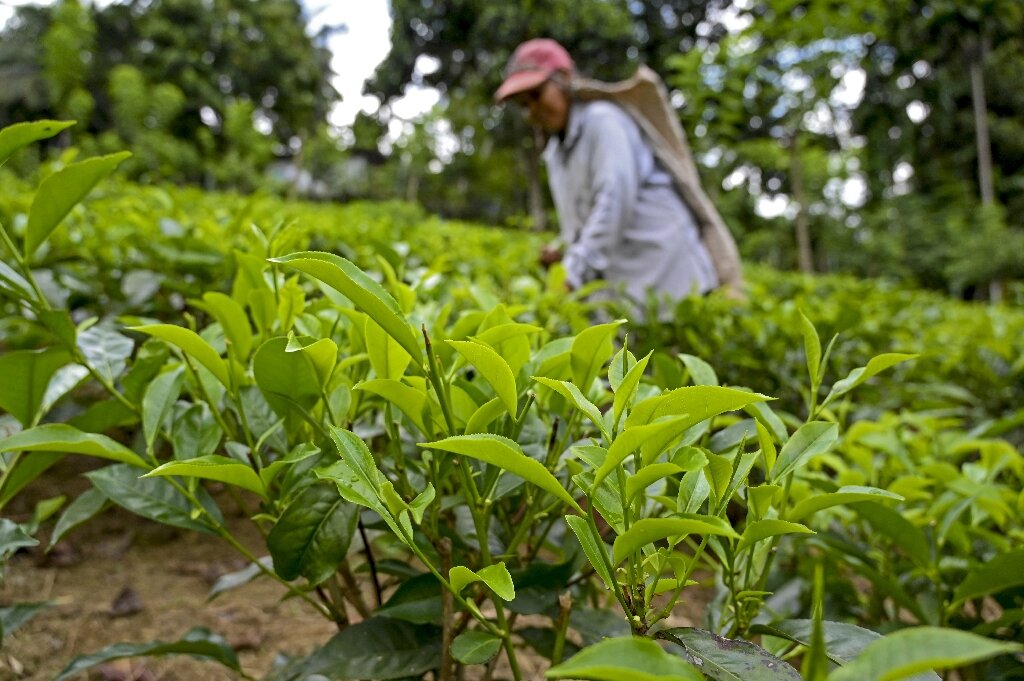
The History of Ceylon Tea
Tea cultivation in Sri Lanka dates back to the 19th century when British colonists, led by James Taylor, introduced tea planting to the island. In 1867, Taylor established Sri Lanka’s first tea plantation in Loolecondera, laying the foundation for the thriving tea industry that continues today. Over time, Ceylon tea has become synonymous with quality, producing some of the world’s best black, green, and white teas.
Top Tea Regions in Sri Lanka
Sri Lanka’s tea country is divided into several key regions, each producing distinct flavors and types of tea due to variations in altitude, climate, and soil. The three most famous tea-growing areas are:
1. Nuwara Eliya: The Champagne of Ceylon Tea
Altitude: 1,800–2,000 meters
Overview:
Nuwara Eliya is often referred to as the “Little England” of Sri Lanka due to its cool climate, colonial architecture, and misty hills. The region produces light, fragrant teas that are highly sought after for their delicate flavor.
Highlights:
- Pedro Tea Estate: One of the oldest plantations, known for its premium quality tea and scenic tea fields. Visitors can take guided tours of the factory to learn about the tea-making process.
- Lover’s Leap: A picturesque tea estate that offers guided walks through the plantations, along with spectacular views of waterfalls.
- Gregory Lake: Perfect for a relaxing boat ride after a tea plantation visit.
Best Time to Visit: February to April for the clearest views and tea-picking season.
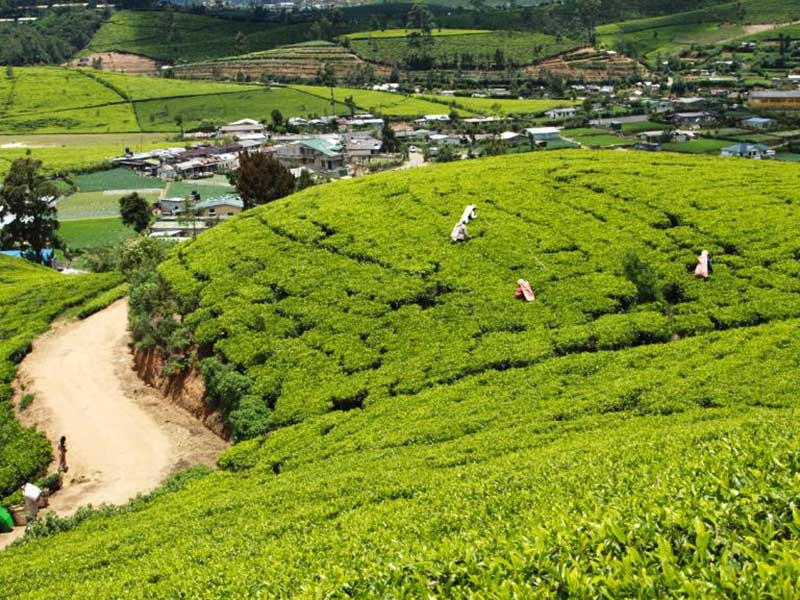
2. Kandy: The Birthplace of Ceylon Tea
Altitude: 600–1,200 meters
Overview:
Kandy, home to Sri Lanka’s first tea plantation, has a warm, humid climate that produces medium-strength teas with a strong, brisk flavor. The area is also a cultural hub, making it a great destination for travelers interested in both tea and heritage.
Highlights:
- Loolecondera Estate: The very first tea estate in Sri Lanka, established by James Taylor. Visitors can explore the original tea factory and Taylor’s bungalow.
- Ceylon Tea Museum: Located in Hantane, near Kandy, this museum offers a comprehensive look at the history of tea in Sri Lanka, with exhibits on the pioneers of tea and the evolution of tea production.
- Temple of the Sacred Tooth Relic: After visiting the plantations, take time to explore this iconic Buddhist temple, a UNESCO World Heritage Site.
Best Time to Visit: January to April.
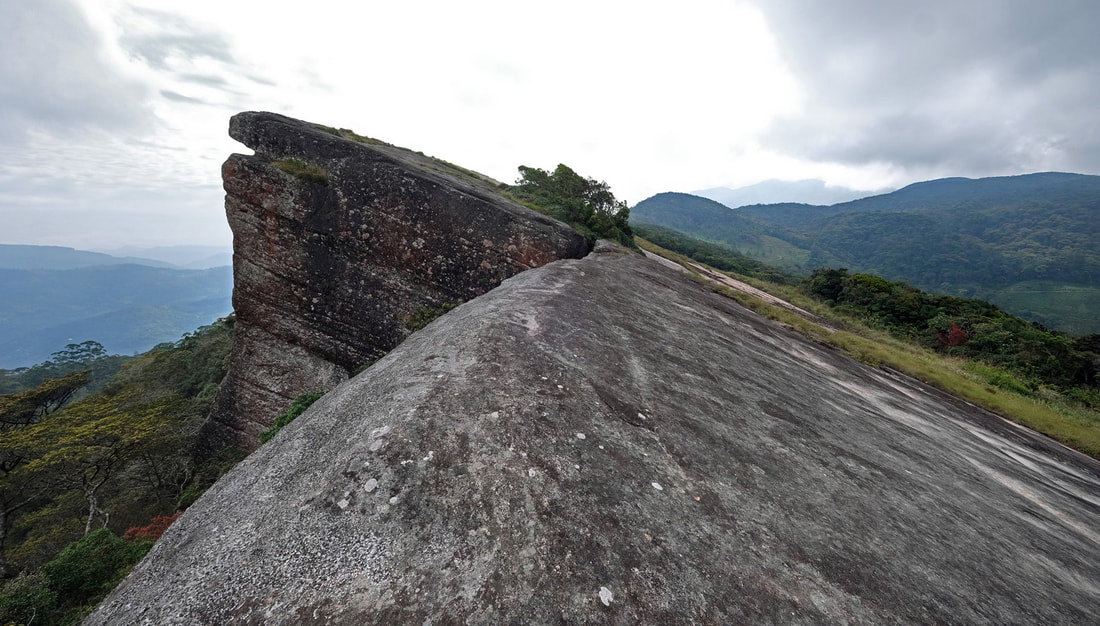
3. Ella: Tea Plantations with a View
Altitude: 1,000–1,200 meters
Overview:
Ella is known for its stunning views and lush tea estates that are spread across the highlands. The tea produced in Ella is aromatic and full-bodied, making it a favorite for those who prefer strong flavors.
Highlights:
- Halpewatte Tea Factory: One of the largest tea producers in the region, offering factory tours and tea tastings. The estate’s hilltop location provides sweeping views of the surrounding countryside.
- Nine Arches Bridge: After a tour of the plantations, visit this iconic railway bridge surrounded by tea fields.
- Ella Rock and Little Adam’s Peak: Both offer hiking trails with panoramic views of the tea plantations and countryside.
Best Time to Visit: March to June for clear weather and good hiking conditions.
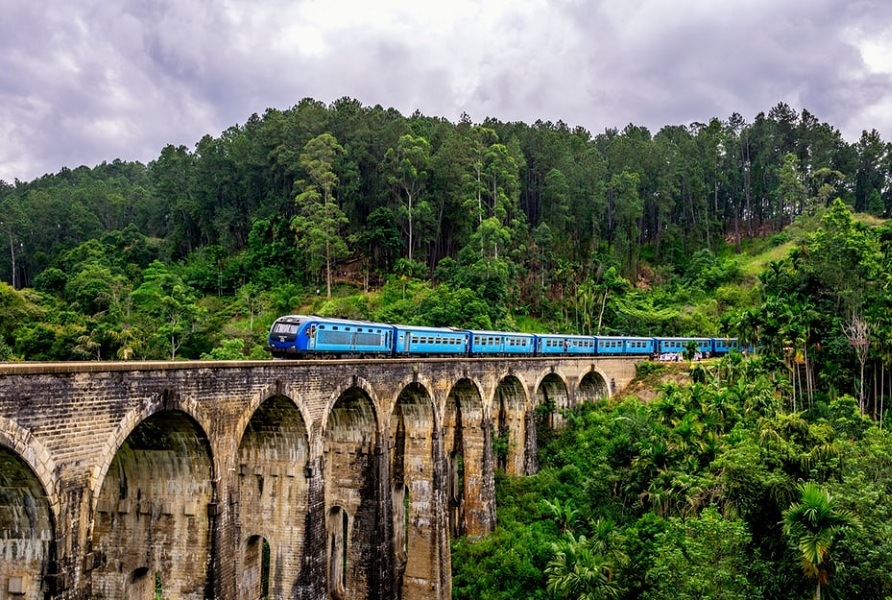
Experiencing the Tea Culture
1. Tea Factory Tours
Almost every tea estate offers guided tours of their factories, giving visitors a glimpse into the tea-making process, from plucking the leaves to the final packaging. Most tours end with a tea-tasting session, where you can sample different varieties of tea.
What to Expect:
- An explanation of how tea is grown, picked, and processed.
- Demonstrations of withering, rolling, fermenting, drying, and grading the tea.
- A chance to sample freshly brewed tea, often accompanied by scones or local snacks.

2. Tea Tasting Experiences
Tea tasting is an essential part of visiting Sri Lanka’s tea plantations. You’ll have the chance to try a range of teas, from light and aromatic high-grown teas to strong and full-bodied low-grown varieties.
Key Tea Varieties to Try:
- Ceylon Black Tea: The most popular tea variety, known for its bold flavor and rich color.
- Ceylon Green Tea: Milder and more delicate, with a hint of sweetness.
- Ceylon White Tea (Silver Tips): The rarest and most expensive tea, made from young buds and known for its smooth, silky flavor.
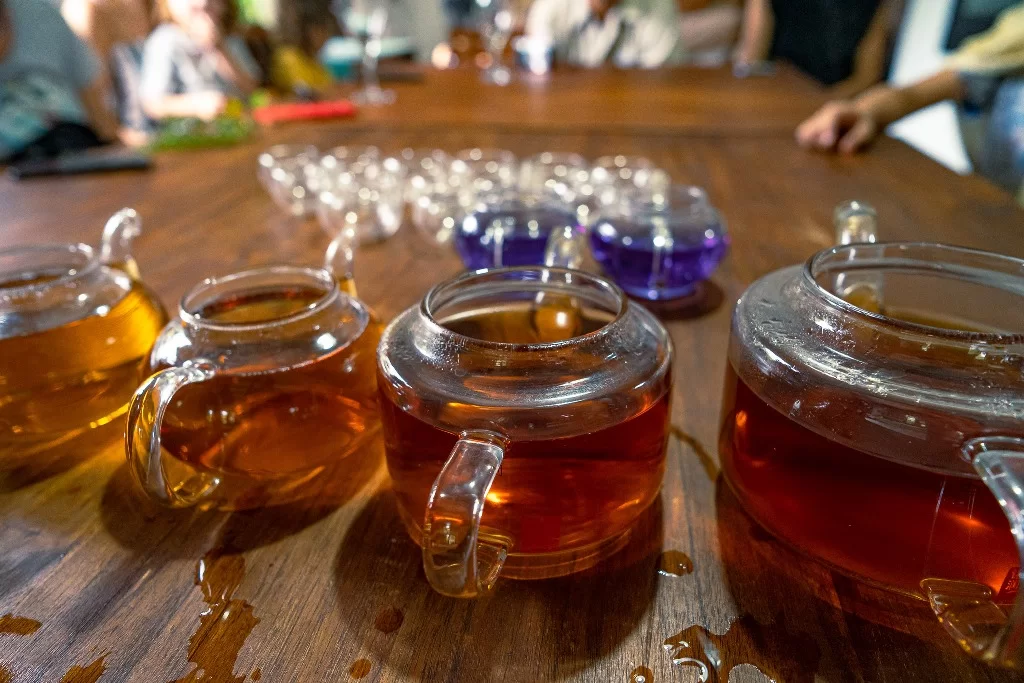
3. Staying at a Tea Estate
For a truly immersive experience, many tea estates offer accommodation, allowing visitors to stay in restored colonial bungalows or boutique hotels within the plantations. These stays provide an authentic feel of the plantation lifestyle and often include tea-picking experiences and private tours.
Top Tea Estate Stays:
- Ceylon Tea Trails (Hatton): A collection of luxury colonial bungalows set among rolling tea hills. Guests can explore the plantations, enjoy gourmet meals, and relax in a tranquil environment.
- Heritance Tea Factory (Nuwara Eliya): A former tea factory converted into a hotel, offering a unique experience with vintage machinery and panoramic views of the surrounding tea fields.
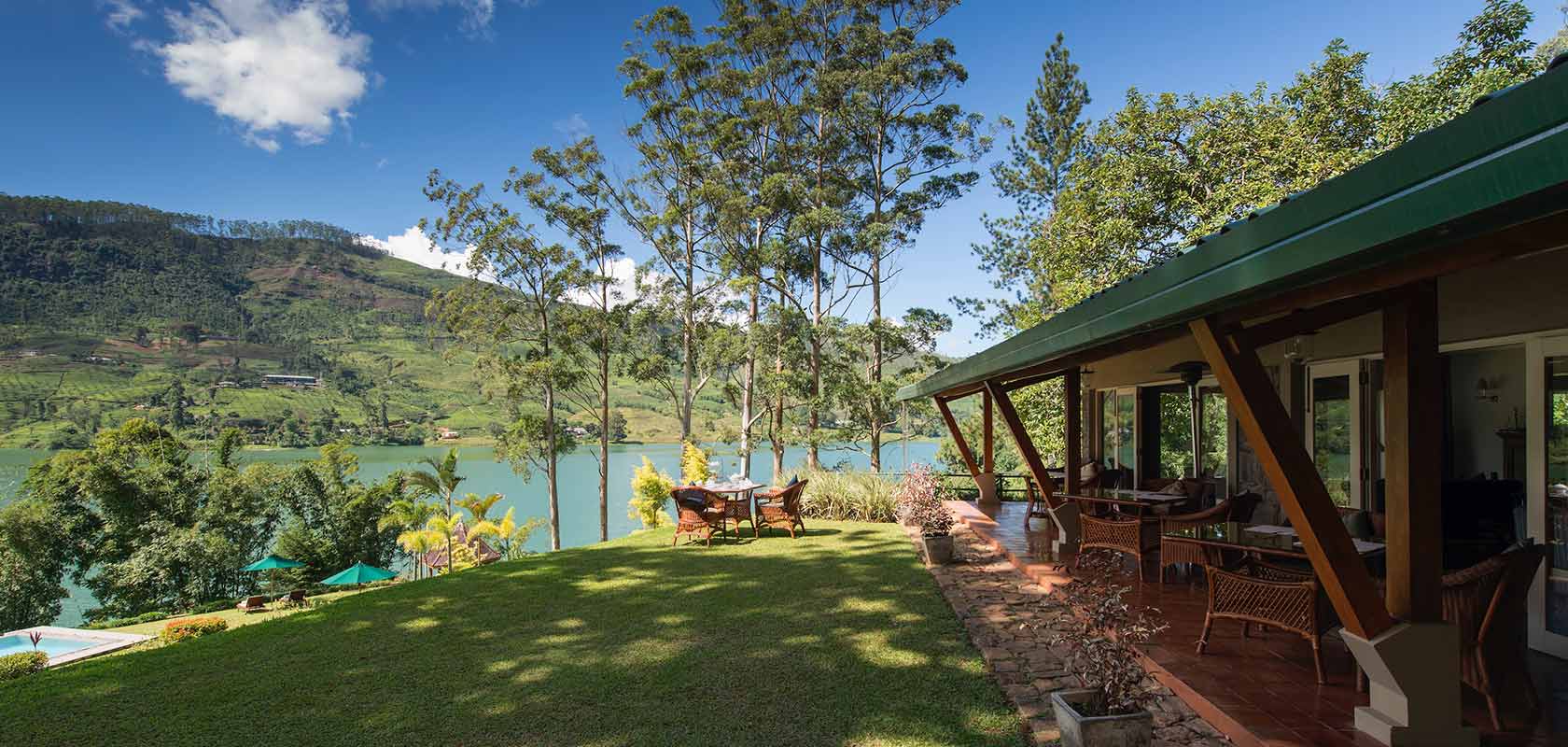
Exploring Beyond the Tea Plantations
While tea is the main attraction, the surrounding areas offer a range of activities and sights to explore.
1. Horton Plains National Park
Located near Nuwara Eliya, Horton Plains is a UNESCO World Heritage Site known for its diverse ecosystems, including cloud forests and grasslands. The park’s main attraction is World’s End, a dramatic cliff offering breathtaking views.
Best Time to Visit: Early morning to catch the views before the mist sets in.
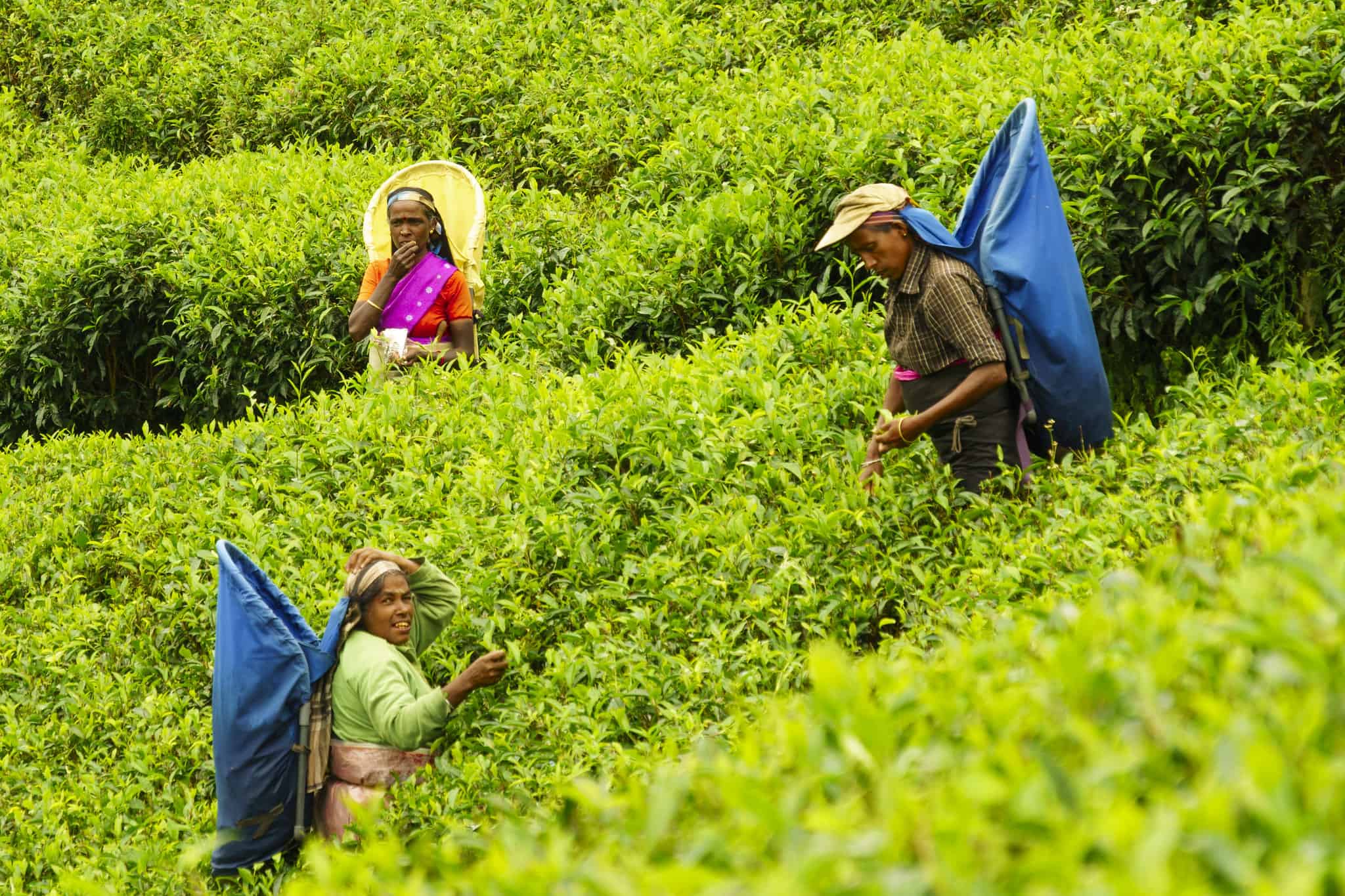
2. Haputale
Haputale is another scenic town in the hill country, offering mesmerizing views of tea plantations and the surrounding valleys. Lipton’s Seat, a viewpoint where Sir Thomas Lipton used to survey his tea plantations, is a must-visit.
.jpg)
3. Adam’s Peak (Sri Pada)
For the adventurous, a hike up Adam’s Peak is a rewarding experience. This sacred mountain, revered by Buddhists, Hindus, Muslims, and Christians, offers panoramic views at sunrise and is surrounded by tea estates.
/Climb%20Adam's%20Peak%20(Sri%20Pada)%20(5).jpg)
Best Time to Visit Sri Lanka’s Tea Country
The best time to visit Sri Lanka’s tea plantations depends on the region:
- Nuwara Eliya and Hill Country: December to April is ideal for clear skies and comfortable weather.
- Kandy and Ella: January to April offers the best weather for exploring plantations and hiking.
- Tea Picking Season: The peak tea-picking seasons are from March to May and August to September, offering visitors a chance to see the plantations in full activity.
.jpg)
Conclusion
Sri Lanka’s tea plantations offer much more than just a cup of tea. From the rolling hills of Nuwara Eliya to the cultural heart of Kandy and the breathtaking views of Ella, exploring the heart of Ceylon tea country is an enriching and serene experience. Whether you’re tasting some of the world’s finest teas, touring historic tea factories, or simply enjoying the lush landscapes, Sri Lanka’s tea plantations provide a unique and memorable journey into the island’s heritage and natural beauty.
Final Tips:
- Dress comfortably for walking through the plantations, and bring layers as the highlands can be cool.
- Tea Souvenirs: Don’t forget to buy fresh Ceylon tea directly from the plantations or at the many tea shops in these regions.
- Respect local customs: Tea-pickers are often women from the Tamil community—ask permission before photographing them and learn about their lives and work.
Start on a journey through Sri Lanka’s tea country, where every sip tells a story of the island’s rich history and traditions.
